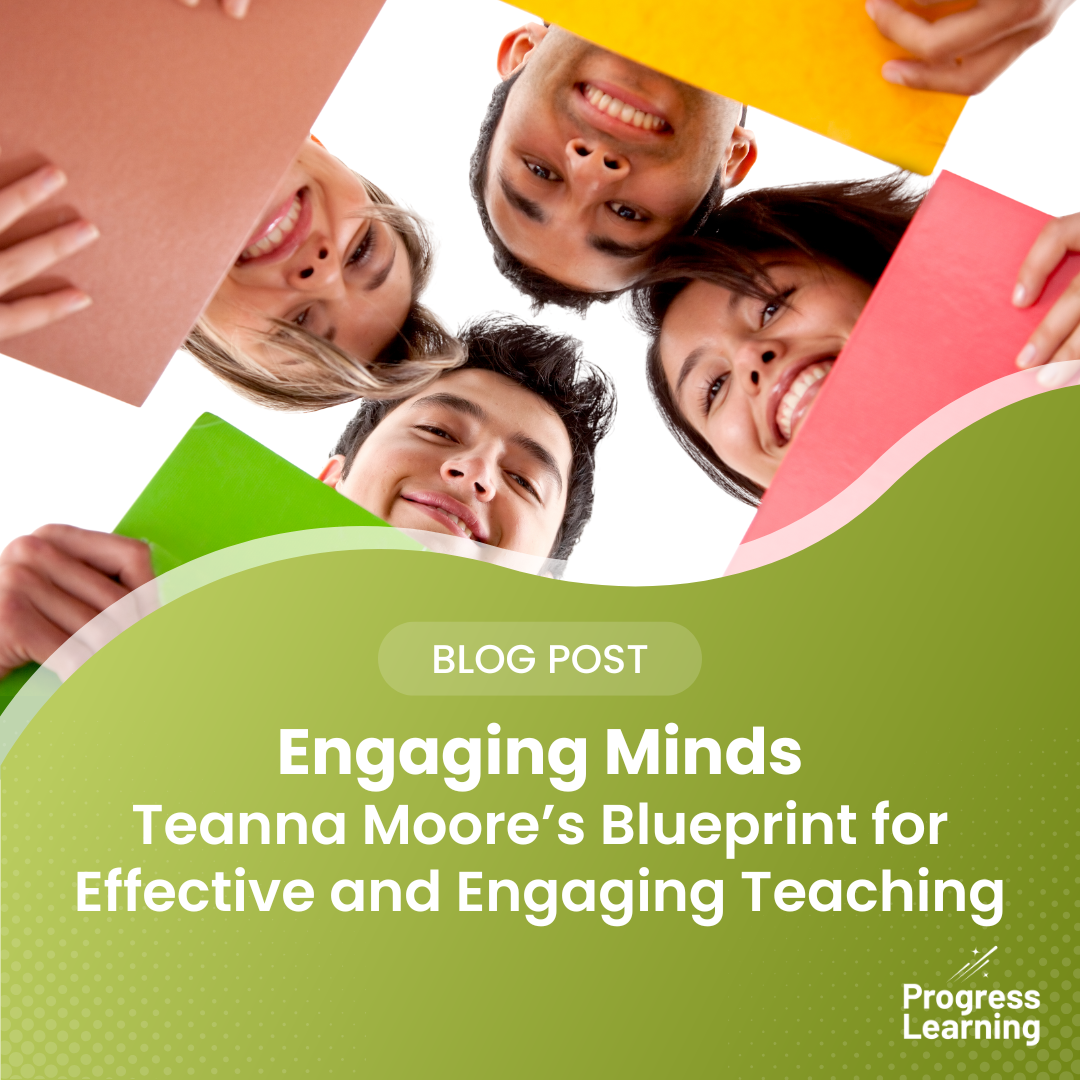Helping Middle Schoolers Master EOCs: It’s More Than Just Test Prep
Written by James Fleming
James Fleming is a veteran educator with over 23 years of experience in secondary education. He’s served as a classroom teacher, site administrator, and Director of Assessment and Accountability, leading districtwide initiatives to streamline assessment and improve the use of data for student success. A nationally recognized speaker on master scheduling and multi-tiered systems of support (MTSS), James is passionate about making learning meaningful and measurable for all students.
After more than two decades in secondary education, I’ve come to believe that helping middle school students succeed on their end-of-course (EOC) exams isn’t just about reviewing content. It’s about building habits, teaching metacognition, and guiding students to take ownership of their learning.
Unlike older students, middle schoolers often haven’t developed the study habits and academic self-awareness they need to succeed. That means we, as educators, have to be more intentional—not just about what we teach, but how we help students prepare to learn, practice, and recall that knowledge.
Helping middle school students prepare for EOCs requires a more deliberate approach than with high schoolers. They haven’t developed study habits yet. We have to teach them how to study, not just hand them review packets the week before a test.
Studying is a Skill – So Teach It Like One
Studying isn’t intuitive. Many students have no idea how to start, especially when facing an exam that spans months of instruction. That’s why we need to teach study strategies explicitly and repeatedly throughout the year.
Here are some of the approaches I recommend building into weekly routines:
- Teach spaced retrieval. Help students break down their studying over time instead of cramming. Use bell-ringers to review older content.
- Model two-column notes. Show students how to organize key vocabulary on one side and explanations or examples on the other.
- Use exit tickets as micro-reviews. Ask students to answer one EOC-style question at the end of each lesson to reinforce recall.
When teachers embed these kinds of practices into instruction regularly, students build academic muscle memory and confidence.
Use Learning Inventories to Build Self-Awareness
One of the most powerful tools we can give middle schoolers is the ability to assess their own readiness. I recommend what I call a “learning inventory.” It’s a self-check that asks students to rate their confidence and knowledge on specific standards.
They might use:
- ✅ I can teach this to someone else
- ⚠️ I recognize it but need more practice
- ❌ I don’t know this yet
Then, guide them through what it means to “truly know” something. There’s a crucial difference between recognizing a fact and being able to recall it without prompting. True mastery means being able to explain, apply, and use the information in different contexts.
Give Students Opportunities to Manipulate Information
Studying isn’t just about reviewing – it’s about thinking deeply. I’ve seen big gains when teachers help students work through content in different ways:
- Work problems forwards and backwards. For example, solve for an unknown, then rework the problem by giving the answer and asking how they got there.
- Flip the question. Instead of “What is the definition of erosion?” ask, “What’s an example of erosion?” or “How is erosion different from weathering?”
- Match causes and effects. Particularly helpful in science and social studies, this strategy strengthens connections and prepares students for more complex questions.
Progress Learning supports this kind of thinking with rigorous, scaffolded questions that push students beyond recall into reasoning and application.
Make Exam Readiness a Routine, Not a Cram Session
This kind of studying has to be built into regular instructional time. It can’t be an afterthought or something students are expected to figure out the week before a test.
One of the best ways to make this sustainable is through consistent low-stakes practice. I encourage teachers to:
- Use weekly check-ins or quizzes that mimic the EOC format
- Leverage platforms like Progress Learning to assign targeted practice
- Give students regular feedback on their performance tied directly to standards
Progress Learning makes this easy with built-in assessments and diagnostics aligned to state standards. Students can engage with content regularly, track their progress, and build stamina and confidence.
Don’t Forget Test-Taking Strategies
Just as important as mastering content is understanding the format of the exam.
Take time to explicitly teach:
- How to use process of elimination
- How to pace yourself and manage time on timed assessments
- How to recognize distractors in multiple-choice questions
I’ve even seen success with “mock exam days” where students simulate testing conditions. This not only prepares them academically but helps reduce anxiety when the real test arrives.
Final Thoughts
EOC exams are a milestone, but they don’t have to be a mountain. When we take time to teach foundational study habits, help students reflect on their learning, and embed thoughtful practice into our instruction, we set students up for long-term success, not just a one-time score.
See how Progress Learning can help prepare your middle school students for advanced EOC exams.


